3 Great Backpacks for Your Trip
Outdoor Activities | August 1, 2025
SAIL
May 13, 2022
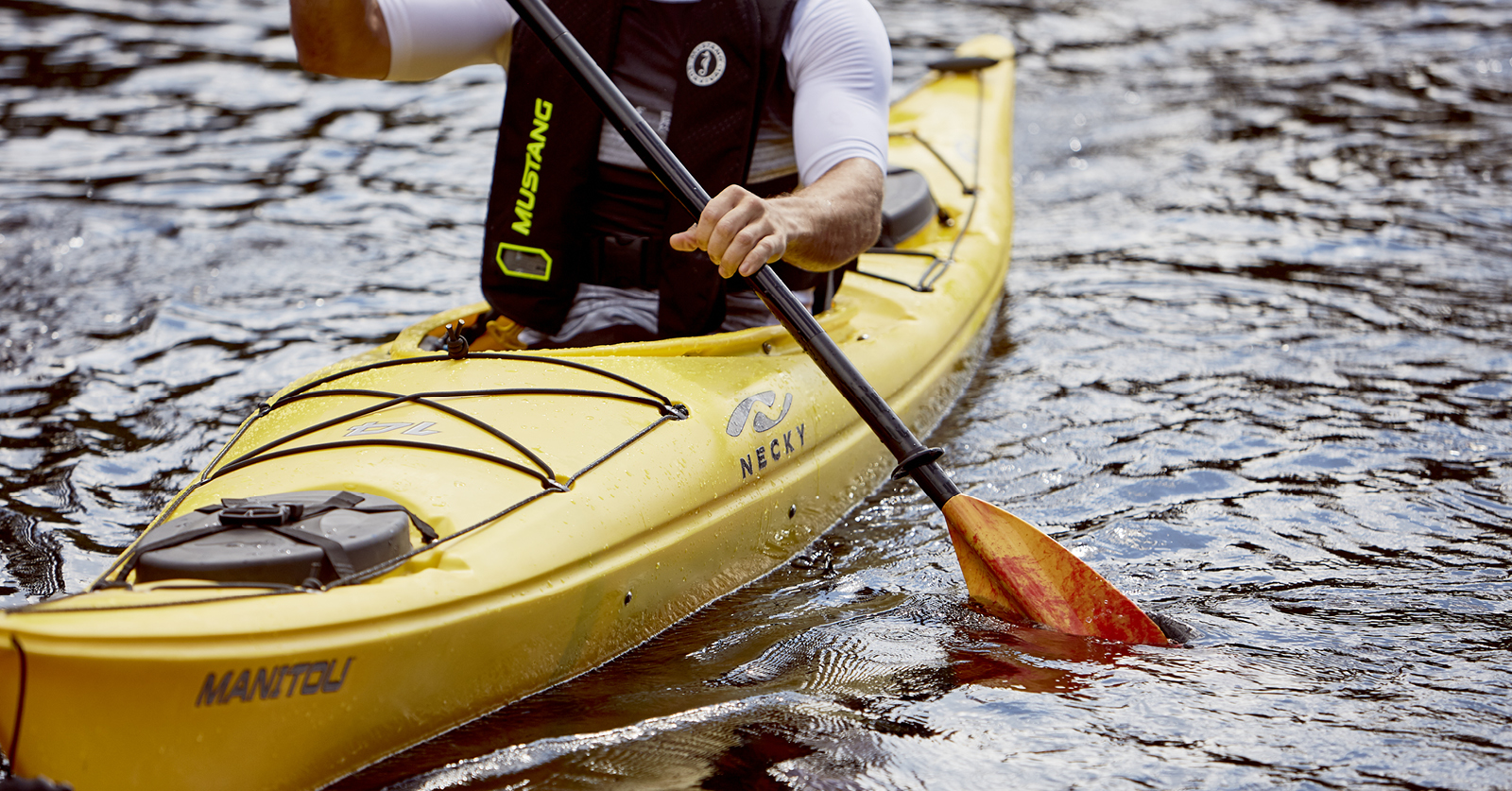
Planning on spending the summer on the water? Even if you are an excellent swimmer, water safety is a must, no matter your activity. In order to protect yourself, as well as the members of your family – including your four-legged friends – read our tips to pick the PFD that’s right for you.
In this article, you will learn more about:
To learn more about the different types of paddle boards on the market, shop online or visit your local SAIL store.
A life jacket offers excellent flotation, is generally orange or red-coloured, and automatically pivots a person for his or her face to face upwards and out of the water. These are often offered on boats and commercial watercrafts.
The personal flotation device also offers good flotation, is adapted to your activity, and is designed to offer freedom of movement. Personal flotation devices are generally offered in a larger spectrum of colours like blue, yellow, and even green and purple. When purchasing one, make sure that your device is approved by one of the following associations: Transport Canada, The Canadian Coast Guard, or Oceans Canada.
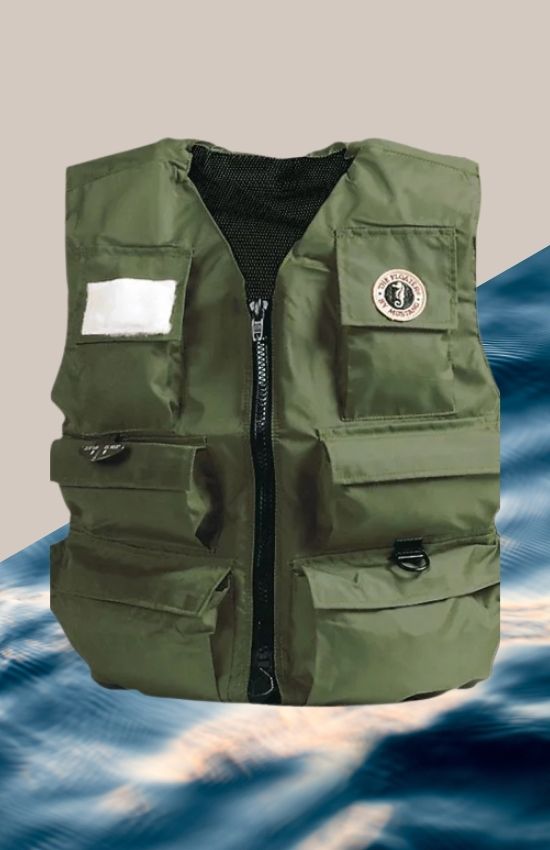
If you love to go fishing all summer long, make sure that your fishing PFD is lightweight, has pockets (practical for slipping in some extra spoons, line, sinkers, etc.) and have a small piece of fake sheepskin to attach your flies or lures.
Standard models have flotation panels designed to offer freedom of movement to your arms. Others are self inflating by use of a string that you simply pull. The Salus and Mustang Survival brands both offer different options, up to you to choose your favourite one.
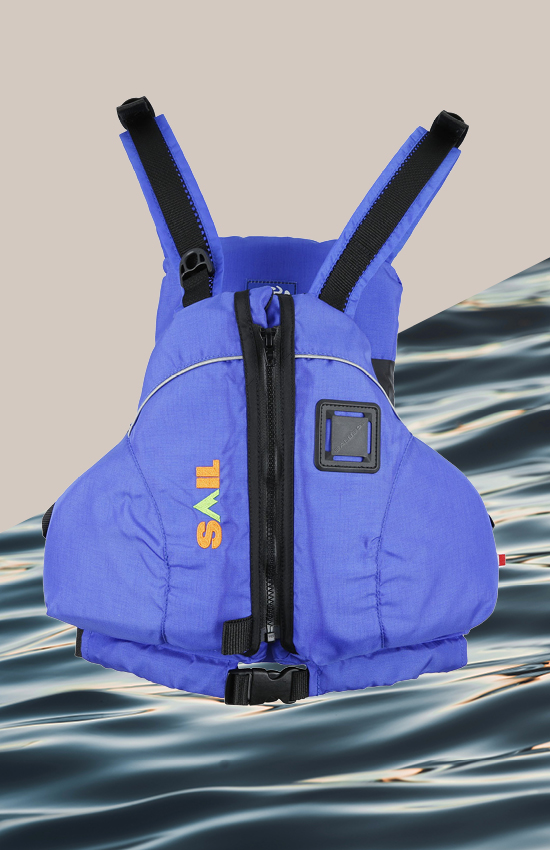 If your dream is to roam upon the water aboard a kayak, a stand up paddle board, or even a canoe, look for a PFD with tapered back flotation panels centered on the chest so that you have good underarm ventilation and full shoulder clearance for paddling. Test out your jacket by sitting in a kayak to see if your back feels comfortable against the seat.
If your dream is to roam upon the water aboard a kayak, a stand up paddle board, or even a canoe, look for a PFD with tapered back flotation panels centered on the chest so that you have good underarm ventilation and full shoulder clearance for paddling. Test out your jacket by sitting in a kayak to see if your back feels comfortable against the seat.
Your jacket should stay in place all while allowing good freedom of movement. Select a model that has multiple straps to be able to adjust it to your body, or to wear it higher up on your waist, especially if you are doing a nautical activity where you will be sitting down. Several brands such as SAIL and Stohlquist offer very functional jackets.
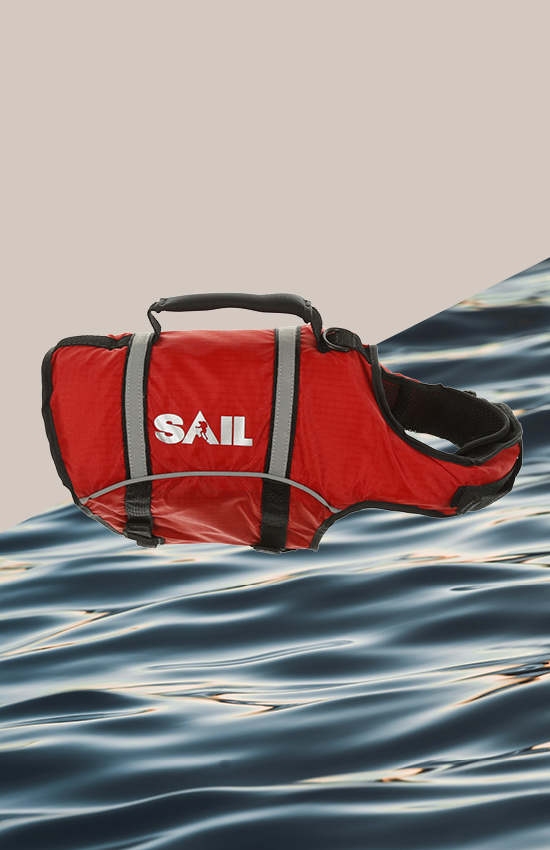
Bringing along your furry friend? Protect your favourite companion with a dog pfd including a dorsal handle in case your dog falls or decides to jump into the water without warning.
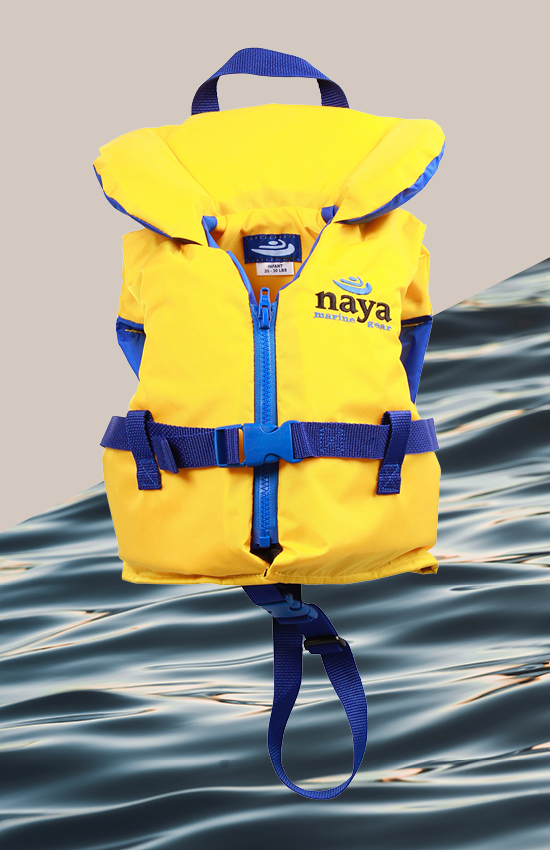
For playing in the water, both young and old must take the proper precautions and wear a life jacket. Particularly if you will be swimming in a river or a lake that will be agitated from the current of motorboats and other watercrafts drifting by.
For adults, opt for a PFD that is well fitted to your body. For your little ones, look for kids’ or baby PFDs equipped with a harness between the legs, allowing for the jacket to stay in place and prevent from climbing up too high on the body.
Inflatable personal flotation devices are very lightweight and ergonomic, making wearing them even more comfortable. Models with a zipper or with a buckle are available.
The inconvenient side rests not only in their more expensive price, but also in the fact that you have to activate the inflation manually on several models. There’s also a style that inflates automatically under the pressure of the water. You will also need to frequently validate that the re-arming kit, the inflator, is still functional.
These PFDs are not recommended for high-intensity activities in whitewaters activities such as rafting or water skiing.
If you are an adult, you should not select a flotation device based on your weight, but rather based on the size of your chest. Measure and follow the manufacturer guidelines. It’s imperative that the jacket hugs your body, but is comfortable and does not move when properly fastened.
For children, the recommended weight is indicated on the jackets in order to allow for the right amount of float. It’s essential to follow the limits and know the weight of your child or baby to pick out the right life vest.
In all cases, a life jacket should never rise up higher than your chin when you are wearing it and are submerged.
If your flotation jacket is made of foam, examine it before each use and watch for signs of wear. The Red Cross also recommends that you replace your vest if it is damaged. You should avoid using it as a boat cushion, otherwise the foam pads may deteriorate and lose their buoyancy. Store it in a dry, ventilated area so that sunlight and moisture do not affect it. As with bathing suit care, rinse your PFD with water after your activity.
If your flotation device is inflatable, Marine Transportation recommends regular inspection of the inflatable device, fabric, belts, activation cord, inflation cartridge, etc. Check the replacement date of the cartridge by reading the instructions on the label or packaging of the vest. Generally, inflation components should be replaced every three years.
According to the Red Cross, it is recommended that you try out your new vest in the water with other people present. Above all, never let a child try on a new PFD without supervision.
Test the buoyancy of the PFD by floating on your back. Also, stand upright; your head should be completely out of the water and your chin should not be submerged. If it is, your jacket may not fit properly or be the right size.
First, the Red Cross advises choosing a size of flotation device that is appropriate for your child’s weight. Once on, adjust and fasten all belts, close the zipper and pull the collar up; it should not go over your child’s ears, but it should be able to support the head effectively. Don’t forget to buckle the tie between your child’s legs.